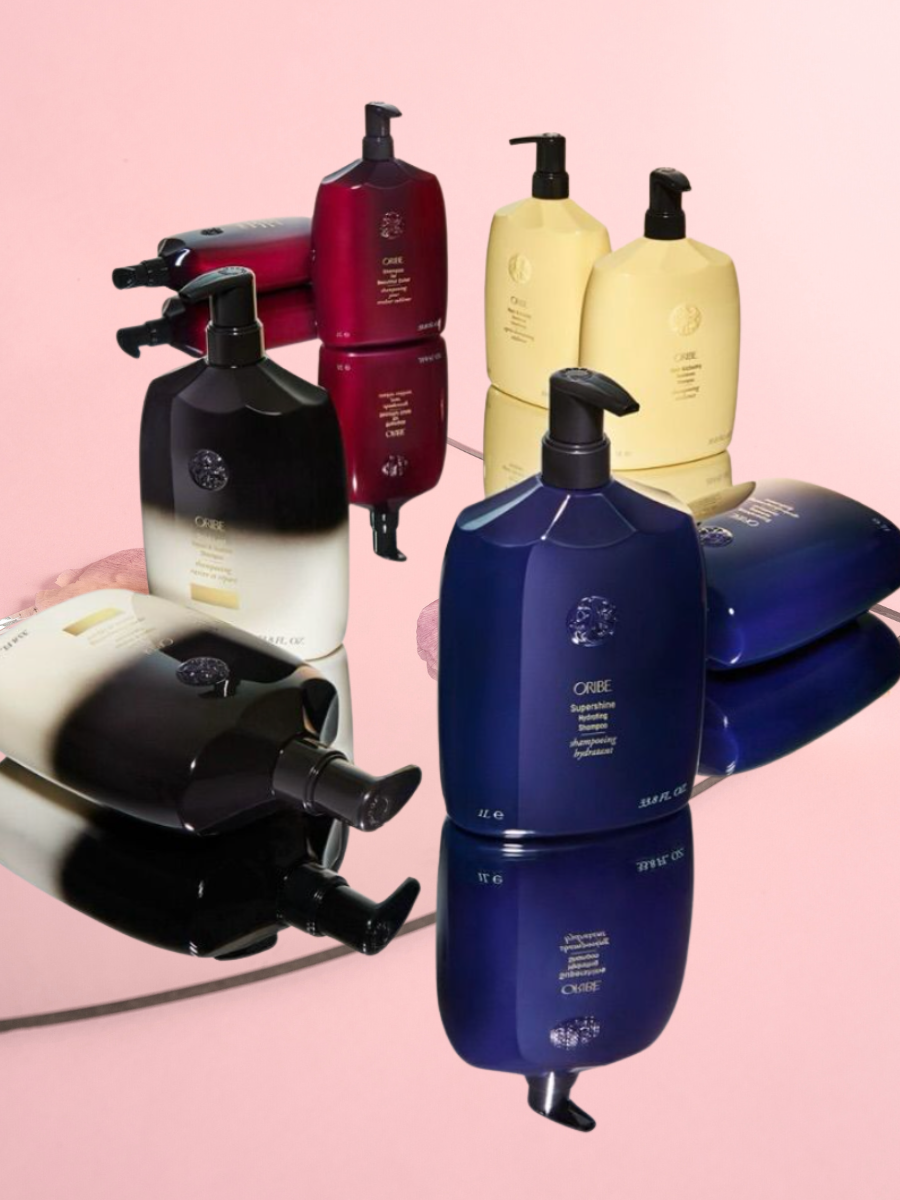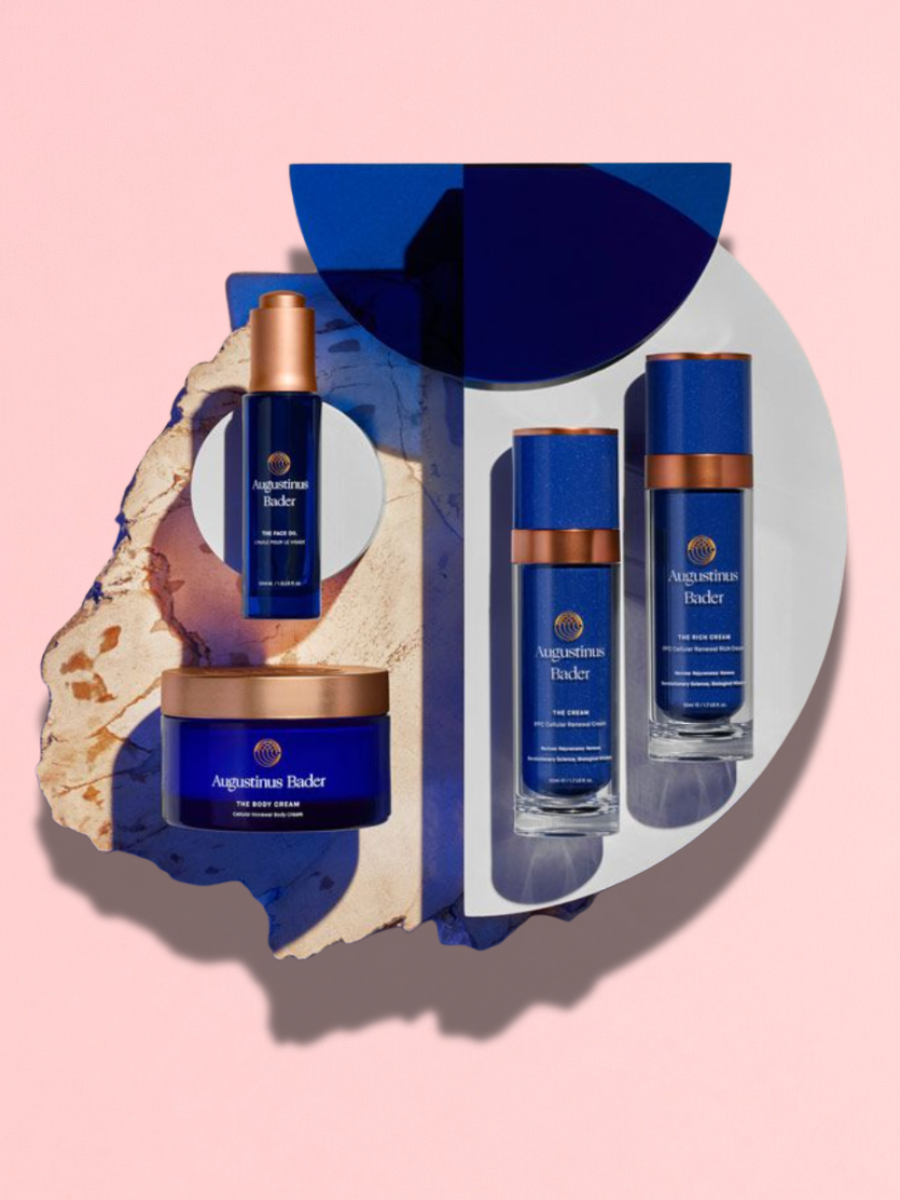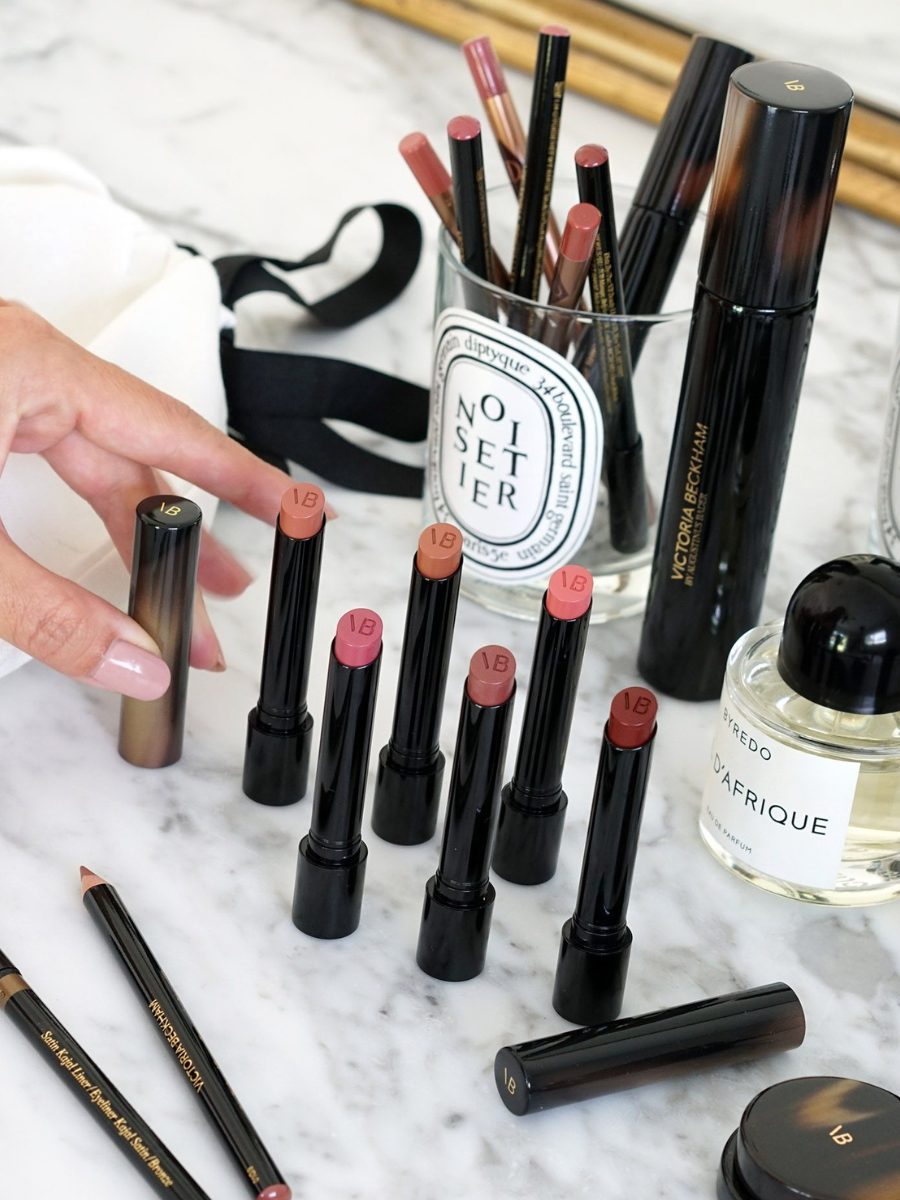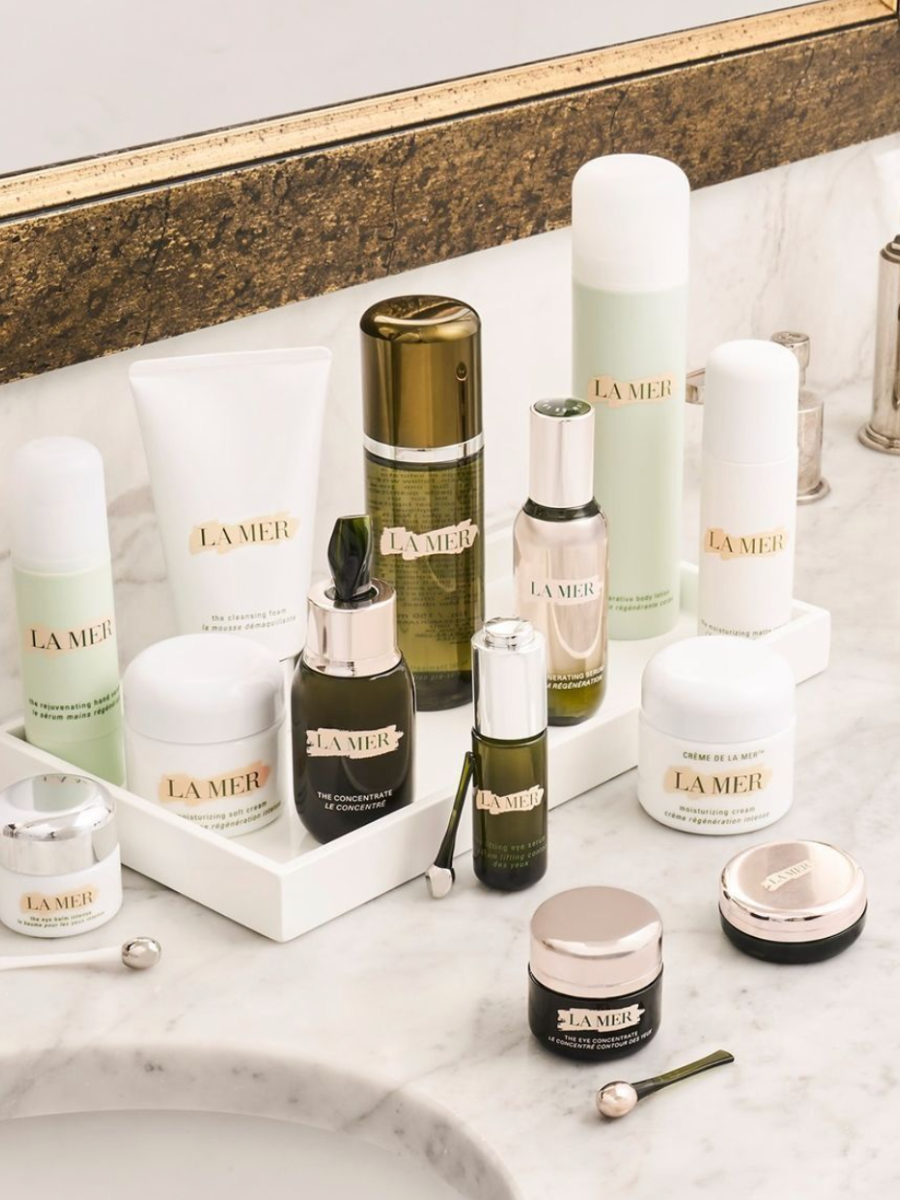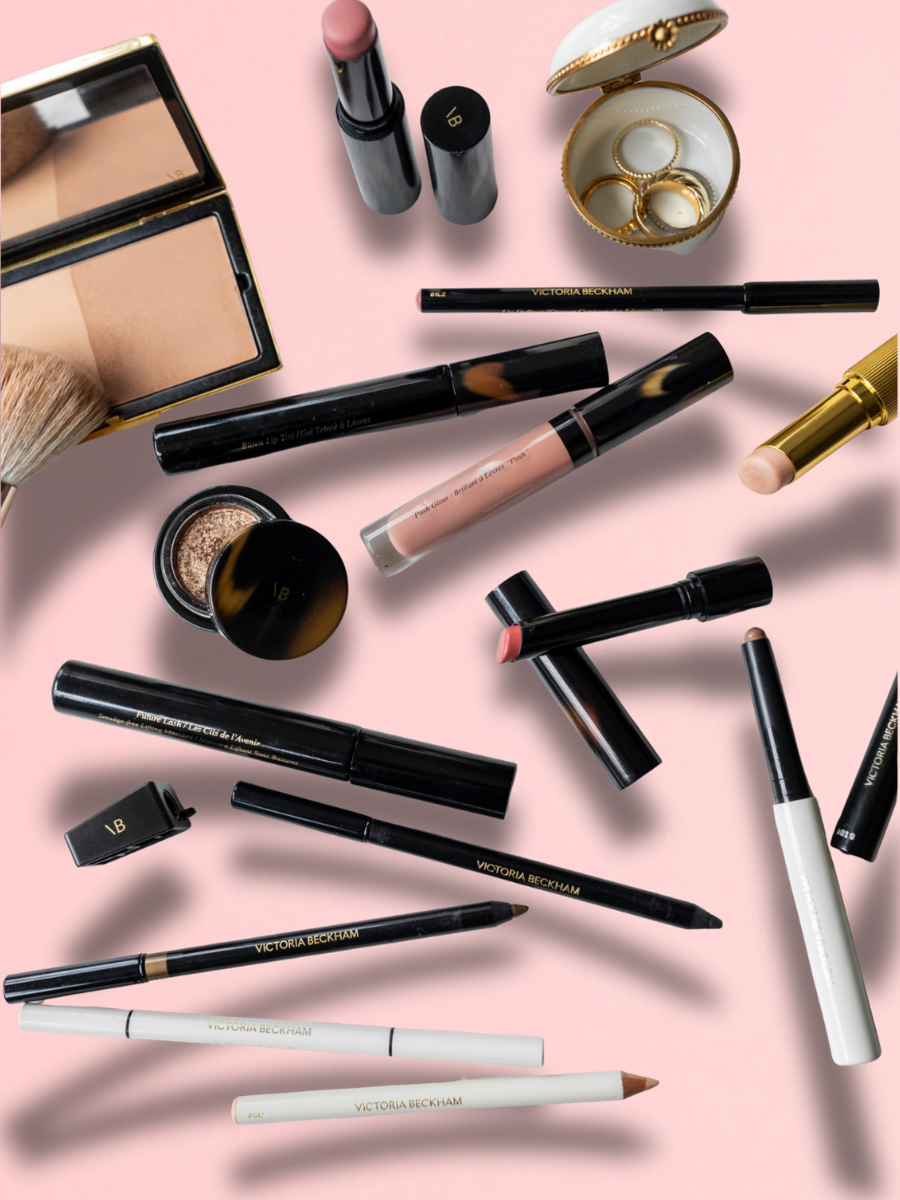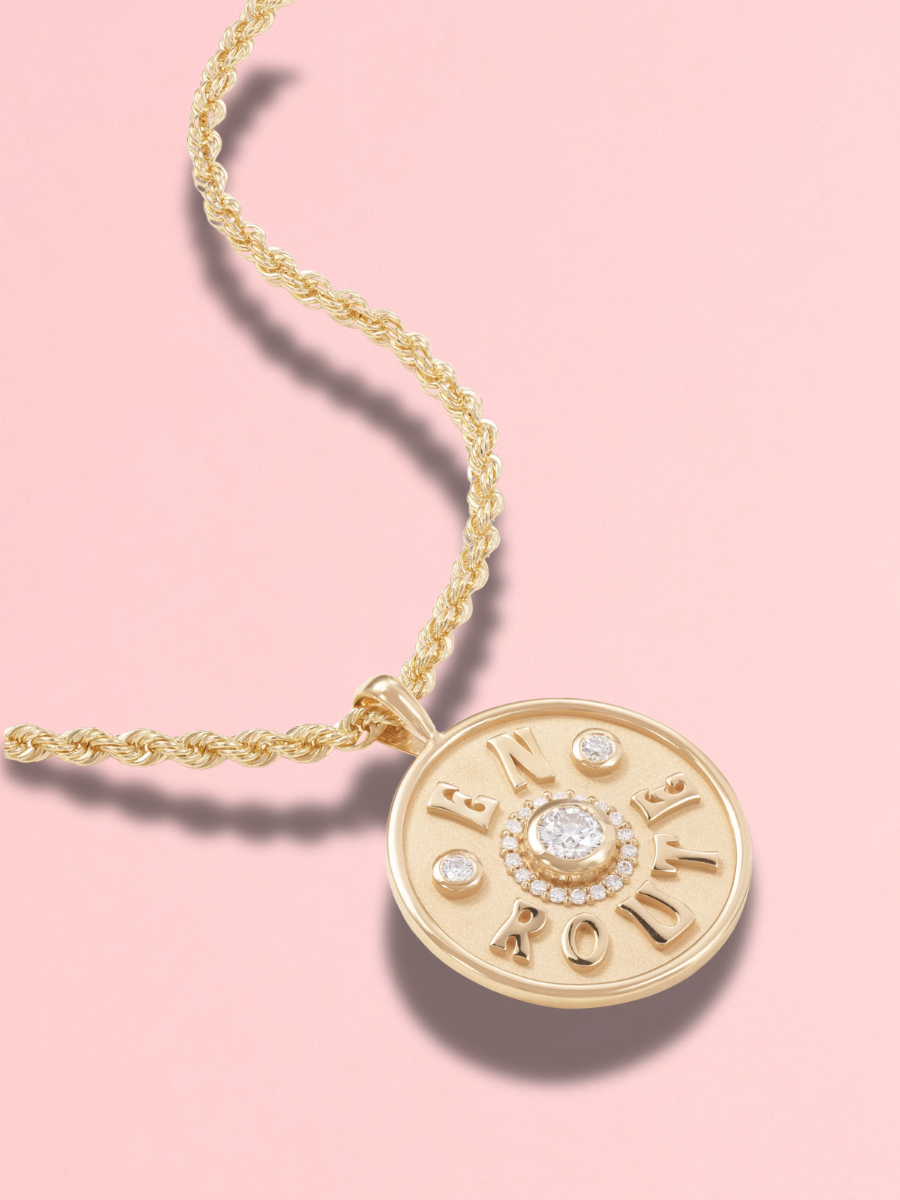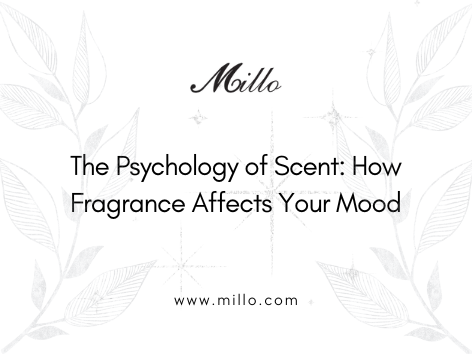Article: Skincare and Jewelry: How Your Beauty Routine Affects Your Pieces
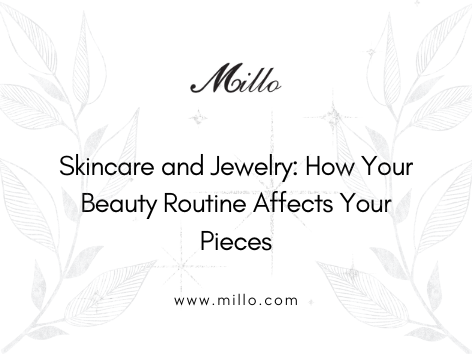
Skincare and Jewelry: How Your Beauty Routine Affects Your Pieces
Your daily skincare routine could be slowly damaging your favorite jewelry pieces. From moisturizers to serums, many beauty products contain ingredients that can tarnish metals, cloud gemstones, and weaken settings over time.
Here's Why This Matters More Than You Think
You probably don't think twice about applying your morning moisturizer or evening serum while wearing your everyday jewelry. But with the global skincare market valued at approximately $145.3 billion in 2021, we're using more products than ever before - and most of us have no idea how they interact with our precious metals and stones.
The jewelry care conversation has shifted dramatically. It's not just about avoiding the shower anymore (though that's still important). Today's beauty routines are more complex, with layered products that can create unexpected chemical reactions with your favorite pieces.
Think about it: you invest in quality jewelry, then unknowingly expose it to harsh chemicals daily. Understanding these interactions isn't just about preservation - it's about protecting your investment and keeping your pieces looking their best.
What Exactly Happens When Skincare Meets Jewelry?
Your skincare products contain active ingredients designed to penetrate skin and create change. Unfortunately, these same ingredients can react with metals and gemstones in ways you'd never expect.
Here's the science behind it: many skincare ingredients are either acidic or contain sulfur compounds. When these come into contact with metals like silver or copper (found in gold alloys), they can cause oxidation. This shows up as tarnishing, discoloration, or even permanent damage to your jewelry.
The process happens gradually, which is why many people don't connect their skincare routine to their jewelry problems. You might notice your silver pieces looking dull or your gold jewelry losing its shine, but the cause isn't always obvious.
The Biggest Culprits in Your Beauty Routine
Moisturizers and Lotions
These are probably the worst offenders because we use them so frequently. Most moisturizers contain oils, chemicals, and preservatives that can build up on jewelry surfaces. Over time, this buildup creates a film that dulls the appearance of metals and stones.
Anti-Aging Serums
With the global anti-aging skincare market projected to reach $109.4 billion by 2023, more people are using potent formulations daily. Retinol, alpha hydroxy acids, and vitamin C serums are particularly problematic because they're designed to be powerful. These ingredients can cause chemical reactions with metals, leading to discoloration and damage.
Sunscreen
Chemical sunscreens contain ingredients like avobenzone and octinoxate, which can react with metals. Physical sunscreens with zinc oxide or titanium dioxide are generally safer for jewelry, but they can still cause buildup.
Makeup Products
Foundation, concealer, and powder can accumulate in jewelry settings, especially around prongs and intricate details. This buildup doesn't just look bad - it can actually weaken settings over time.
You Might Wonder How Different Metals React
Sterling Silver
Silver is the most reactive metal in jewelry. It tarnishes naturally when exposed to air, but skincare products can accelerate this process dramatically. Sulfur-containing ingredients are particularly problematic - they can turn silver black almost immediately.
Gold Jewelry
Pure gold doesn't tarnish, but most gold jewelry contains alloys like copper or silver. These metals can react with skincare ingredients, causing discoloration. White gold is especially sensitive because it often contains nickel or palladium.
Platinum
Platinum is generally more resistant to chemical reactions, but it can still develop a patina or lose its polish when exposed to certain skincare ingredients regularly.
Rose Gold
The copper content in rose gold makes it particularly susceptible to chemical reactions. Products containing acids or sulfur can cause green discoloration or accelerated tarnishing.
The Important Thing to Know About Gemstones
Different gemstones have varying levels of sensitivity to skincare products. Understanding your stones helps you make better choices about when and how to wear your jewelry.
Diamonds
Diamonds are incredibly hard, but they're also oil-loving (lipophilic). This means they attract oils from skincare products, which can make them look cloudy or dull. Regular cleaning is essential to maintain their brilliance.
Pearls
Pearls are organic and extremely sensitive to acids. Even mild acids in skincare products can damage the nacre (the pearl's surface), causing permanent dulling or pitting. If you love wearing pearls, consider your skincare routine carefully.
Emeralds
Most emeralds are treated with oils to enhance their clarity. Skincare products can interact with these treatments, potentially causing cloudiness or color changes.
Opals
Opals contain water and are porous, making them extremely sensitive to chemical exposure. Skincare products can penetrate the stone and cause permanent damage.
Here's How to Protect Your Jewelry
Timing Is Everything
The simplest solution is timing. Apply your skincare products and let them fully absorb before putting on jewelry. This usually takes 10-15 minutes, depending on the product.
Choose Your Battles
You don't need to avoid all skincare products - just be strategic. If you're using a new serum or treatment, consider removing your jewelry during application and for a few hours afterward.
Create Product-Free Zones
When applying skincare to areas where you wear jewelry (neck, hands, wrists), be extra careful. Consider using different products in these areas or being more mindful about jewelry timing.
Layer Smartly
If you must wear jewelry with skincare products, choose pieces that are easier to clean. Avoid wearing delicate or treated stones during intensive skincare routines.
The Natural Product Advantage
Approximately 60% of beauty consumers prefer natural and organic products, and this trend might benefit your jewelry. Natural formulations often contain fewer harsh chemicals that can react with metals and stones.
However, ""natural"" doesn't always mean ""jewelry-safe."" Some natural ingredients, like citrus oils or sulfur-containing compounds, can still cause reactions. The key is understanding ingredients rather than just looking for natural labels.
Common Questions About Skincare and Jewelry Care
Can I undo damage from skincare products?
Sometimes. Tarnishing can often be removed with proper cleaning, but chemical damage to stones or settings might be permanent. The good news is that many issues that look serious can be fixed by a professional jeweler.
What about hypoallergenic products?
Approximately 60% of consumers prefer fragrance-free or hypoallergenic personal care products. These formulations often contain fewer reactive ingredients, making them safer for jewelry. However, they're not automatically jewelry-safe.
Do expensive products cause more damage?
Not necessarily. Expensive products often contain higher concentrations of active ingredients, which could be more reactive. But they might also use higher-quality ingredients that are less likely to cause problems.
Smart Shopping for Jewelry-Friendly Products
Since approximately 80% of consumers read skincare product labels before purchasing, you can use this habit to protect your jewelry. Look for products without sulfur compounds, strong acids, or harsh preservatives.
Water-based formulations are generally safer than oil-based ones. Products with fewer ingredients tend to be less reactive. When in doubt, test new products on a small area while wearing less expensive jewelry.
Your Daily Routine Strategy
Morning Routine
Apply skincare products first, then wait before adding jewelry. If you're using sunscreen, let it set completely. Consider wearing less jewelry on days when you're trying new products.
Evening Routine
Remove jewelry before your evening skincare routine. This is when most people use their most potent products - retinols, acids, and intensive treatments.
Special Occasions
For events where you want to wear your best pieces, plan your skincare routine around your jewelry. Apply products well in advance and choose gentler formulations for areas where jewelry will sit.
Professional Care and Maintenance
Regular professional cleaning becomes more important when you're regularly exposing jewelry to skincare products. A professional can remove buildup that home cleaning might miss and check for any damage that needs attention.
Consider having valuable pieces cleaned every six months if you wear them frequently with skincare products. This prevents long-term damage and keeps your jewelry looking its best.
The Future of Beauty and Jewelry Care
As skincare routines become more complex and personalized, the interaction between beauty products and jewelry will continue to evolve. The key is staying informed and making conscious choices about when and how you combine your beauty routine with your jewelry collection.
Understanding these interactions doesn't mean you need to choose between great skin and beautiful jewelry. It just means being strategic about how you approach both. With the right knowledge and habits, you can maintain your skincare routine while keeping your jewelry in perfect condition.
Your jewelry is an investment in your style and confidence. By understanding how your beauty routine affects your pieces, you can protect that investment while still enjoying all the benefits of your favorite skincare products. The secret is simply being intentional about timing, product choice, and care routines.

